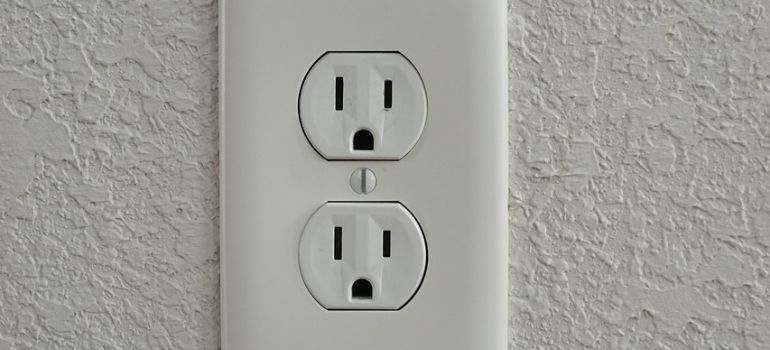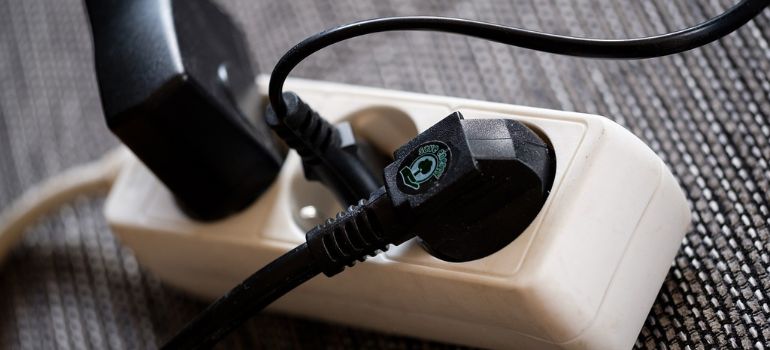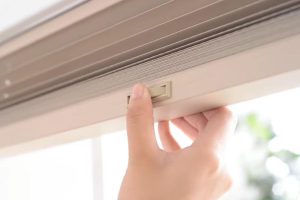In today’s technologically driven world, our homes and offices are filled with various electronic devices and appliances that require power. To accommodate these needs, we often rely on power strips and extension cords to provide electricity to multiple devices simultaneously. One common practice is daisy chaining outlets, but how many outlets can you safely daisy chain? In this article, we will explore the concept of daisy chaining outlets, its advantages, potential risks, and best practices to ensure electrical safety.
Understanding Daisy Chaining
What is Daisy Chaining?
Daisy chaining refers to the practice of connecting multiple power strips or extension cords together in a series, allowing you to extend the reach of your electrical outlets. It’s a convenient solution when you have limited access to wall outlets, especially in larger rooms or offices.
Advantages of Daisy Chaining
Daisy chaining outlets offers several advantages:
- Convenience: It allows you to power multiple devices from a single wall outlet, reducing clutter and the need for multiple extension cords.
- Flexibility: You can position your devices where you need them, even if the nearest wall outlet is far away.
- Cost-Efficiency: It eliminates the need for additional electrical installations, saving you money.
Determining the Safe Limit
How Many Outlets Can You Daisy Chain?
The number of outlets you can safely daisy chain depends on various factors, including the power requirements of your devices and the capacity of your extension cords or power strips. Here are some guidelines to consider:
- Check the Power Rating: Each power strip or extension cord has a maximum power rating indicated in watts or amps. Exceeding this rating can lead to overheating and fire hazards. Ensure that the total power consumption of your connected devices does not exceed this limit.
- Avoid Overloading: It’s crucial to avoid overloading the circuit. Most residential circuits are rated at 15 to 20 amps, and exceeding this limit can trip the circuit breaker or cause electrical fires. Calculate the total amperage of your devices to ensure you stay within the safe range.
- Use High-Quality Equipment: Invest in high-quality power strips and extension cords with surge protection and built-in circuit breakers. These features can enhance safety by preventing power surges and overloads.
- Consider Voltage Drop: Over long daisy chains, you may experience voltage drop, which can affect the performance of your devices. Consider using thicker extension cords or shorter daisy chains for optimal performance.
Ensuring Electrical Safety

Tips for Safe Daisy Chaining
To ensure electrical safety when daisy chaining outlets, follow these tips:
- Regular Inspection: Periodically inspect your power strips, extension cords, and outlets for signs of wear or damage. Replace any faulty equipment immediately.
- Unplug When Not in Use: When devices are not in use, unplug them from the power strip to reduce the risk of overheating or power consumption.
- Avoid Piggybacking: Do not plug one power strip into another, as this can lead to overloading and overheating.
- Spread the Load: Distribute the power load evenly across the outlets to prevent overloading a single extension cord.
Additional Safety Measures
6. Avoid Daisy Chaining Heaters: Never daisy chain outlets for high-wattage appliances like space heaters, as they can draw a considerable amount of power. Always plug such devices directly into a dedicated outlet.
7. Use GFCI Outlets: In areas where there’s potential exposure to water, like kitchens and bathrooms, consider using Ground Fault Circuit Interrupter (GFCI) outlets. These outlets are designed to protect against electrical shocks and can be daisy chained safely if they are rated for it.
8. Educate Others: If you’re in a shared workspace or home, educate others about the risks of overloading circuits and the proper way to daisy chain outlets. Collective awareness can help prevent accidents.
9. Keep Cords Away from Walkways: Avoid placing extension cords and power strips in walkways or under carpets, as this can lead to wear and damage. It’s important to keep them in a safe and visible location.
10. Be Mindful of Children and Pets: Ensure that cords and power strips are out of reach of children and pets to prevent accidental tripping or tampering.
In conclusion, while daisy chaining outlets can be a convenient solution for expanding your power options, it must be done with caution and safety in mind. Always prioritize safety by adhering to the guidelines mentioned in this article, and consider consulting a qualified electrician for complex setups or if you have any doubts about your electrical system’s capacity.
Conclusion
Daisy chaining outlets can be a convenient way to power multiple devices from a single source, but it must be done safely to prevent electrical hazards. Always prioritize electrical safety by considering the power requirements of your devices, using high-quality equipment, and following best practices. With the right precautions, you can enjoy the convenience of daisy chaining outlets without compromising safety.
FAQs
Yes, you can daisy chain power strips, but it’s essential to do so safely. Ensure that you do not exceed the power rating of the power strips and consider the total amperage of your connected devices.
The maximum length for a daisy chain of extension cords depends on the cord’s gauge and the power requirements of your devices. Generally, it’s best to keep the total length as short as possible to minimize voltage drop.
Daisy chaining outlets for outdoor use is possible, but you must use outdoor-rated extension cords and power strips designed to withstand the elements. Ensure they are properly protected from moisture.
Daisy chaining outlets for high-power appliances, such as heaters or air conditioners, is not recommended. These appliances often require dedicated circuits to handle their power needs.
Signs of an overloaded circuit include flickering lights, circuit breakers tripping frequently, or outlets becoming hot to the touch. If you notice these signs, it’s essential to address the issue promptly to prevent electrical hazards.



